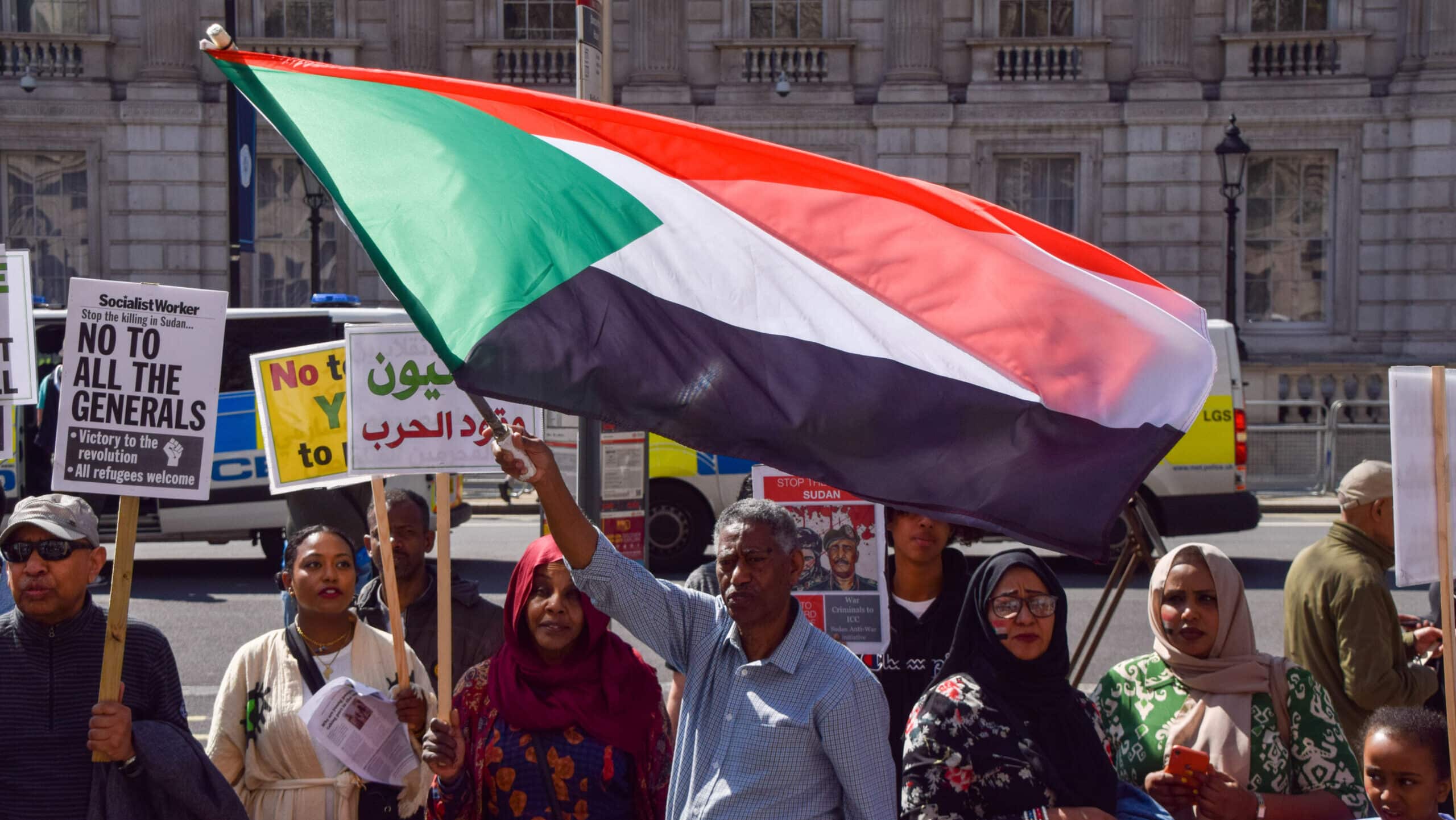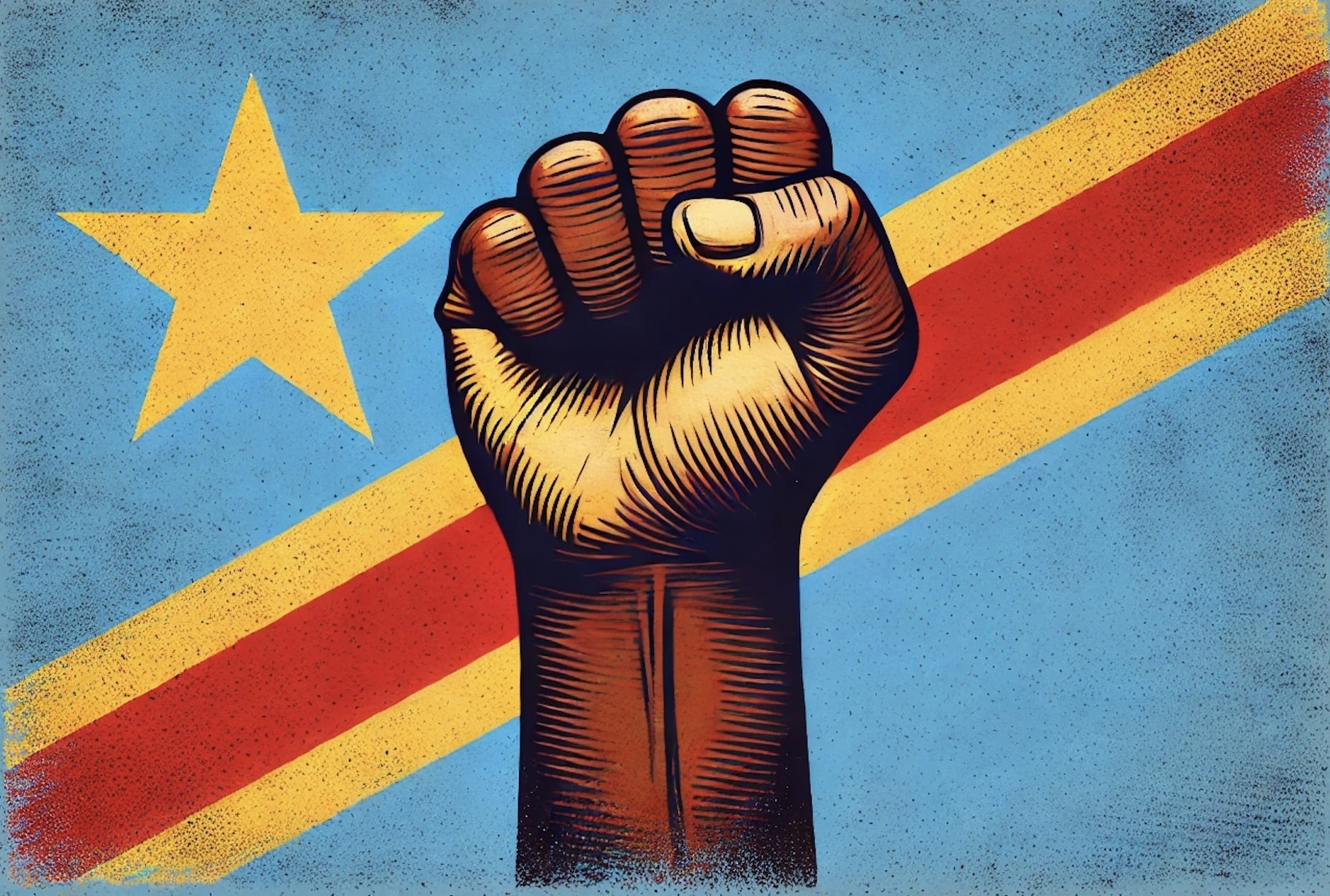Last week, the world gathered - online - for a climate summit hosted by the Netherlands. The aim of this first-ever Climate Adaptation Summit was to share knowledge and resources that countries can use to resist the effects of climate change.
This should have been a grand gathering, with distinguished speakers including Bill Gates, Angela Merkel, EU climate chief Frans Timmermans, the current and former secretary-general of the United Nations, and even the Pope. Unfortunately, because of corona, the summit was entirely online: outgoing prime minister Rutte and outgoing minister van Nieuwenhuizen received world leaders via video link in a studio in The Hague. Although most fortunately did join in live, some world leaders joined in with a previously recorded video - perhaps because of more important activities in their agenda. A pity, because this was an important event on a subject that should be high on the agenda.
First of all... Climate adaptation, what is it?
In dealing with climate change, the focus is often on mitigation: preventing or mitigating climate change by reducing greenhouse gas emissions. Adaptation - or adaptation - is an important addition to this. Climate change is happening faster than we can prevent and has major consequences, such as extreme weather, droughts and floods. People need to adapt to them. This can be done, for instance, by building dykes, planting resistant crops, fortifying houses and villages and introducing early warning systems.
Indeed, for many world leaders, "adaptation" seemed like a new concept. Sometimes mistakes arose and mitigation was mentioned after all. So there is still plenty to learn. This was also proved by our own Prime Minister Rutte: during the explanation on adaptation by Timmermans, he grabbed pen and paper to busily write.
The Netherlands is seen worldwide as a forerunner on adaptation. Because of the way we have resisted the sea, for instance with the Delta Programme, we are known as good water managers. However, investing heavily in adaptation is not so obvious for other countries. UN Secretary-General Antonio Guterres mentioned adaptation in his speech therefore "the forgotten half" in the fight against climate change. He therefore called on countries and donors to spend 50% of their climate finance on adaptation.
Adaptation is especially important for developing countries. While we often see climate change as a distant reality whose pain we do not (yet) feel, that argument does not hold true in developing countries. In African countries, people are already experiencing climate change, while the countries themselves have contributed virtually nothing to the problem. On this, the FMS also does research. Sub-Saharan Africa in particular faces major food security problems due to extreme weather and locust infestations caused by climate change. Over 670 million people - more than half of Africa's population - suffered from food insecurity last year. To help developing countries adapt, rich countries pledged in 2009 to support developing countries with USD 100 billion each year to help them fend off droughts and floods, for example.
Where does that money go?
There is much uncertainty about whether that amount will actually be met. The Adaptation Gap Report 2020 of the UN Environment Programme lamented, "At the moment, it is impossible to answer the question of whether $100 billion has actually been mobilised". Other organisations have therefore tried to calculate it. The OECD calculated that developed countries had spent about $80 billion on climate finance in 2018. But Oxfam Novib also did the math, and came up with just 22.5 billion euros (converted to about $26.9 billion).
Calculating exactly how much money has been collected each year is further complicated by the lack of consensus on accounting. India, for instance, reacted indignantly to the OECD's calculations because they included loans and development money. The promised 100 billion is for climate action and is thus an addition to existing development cooperation. Development money should therefore not be included. Many countries also believe that loans should not count either: developing countries suffer from the climate problem caused by industrialised countries, so the latter should help foot the bill.
Whatever calculation you use, the 100 billion will not be reached anywhere. And that is a big problem. In fact, the Adaptation Gap report expects the cost of adaptation in these countries to rise to not $100, but some $300 billion a year over the next decade.
Fund here, loan there?
The outcome of the meeting is a "Adaptation Action Agenda", a comprehensive package of all kinds of plans. For instance, several platforms have been set up for knowledge sharing, and a plethora of new climate finance funds have also been created. However, knowledge sharing is quite simple and relatively cheap, and the question is whether more funds will contribute to that clearer accounting that is so much needed.
The biggest problem remains that worrying funding gap. At the summit, though, several government leaders have already reached deeper into their pockets. French President Macron allocated €2 billion - a third of France's climate funding - to adaptation. German Chancellor Angela Merkel pledged €270 million extra budget for climate adaptation. This money is to go to vulnerable communities. The Dutch government promised 20 million extra for adaptation in the least developed countries. Whether this money will come from the development cooperation budget cannot be ascertained from the press releases. And with this, the target amount of 100 billion a year has still not been met.
So, good steps were taken at the Climate Adaptation Summit 2021, but if we take a more critical look at it, it is little more than a fund here, a loan there and a pittance from some European countries. This when this summit would have been such a good time to put the promised amount on the table. Governments should agree on definitions and accounting rules as soon as possible so that the target amount can be met. In distributing this amount, involving local people and local perspectives is essential. Money should benefit adaptation initiatives of local governments so that they can protect themselves from the impacts of climate change such as drought, floods and sea level rise. For it is precisely they, who experience the effects of climate change in their daily lives, who know what is really needed.
By: Jarne van der Poel
Image: Cora van Nieuwenhuizen and Mark Rutte in conversation with Frans Timmermans and Ban Ki-moon, Flickr





